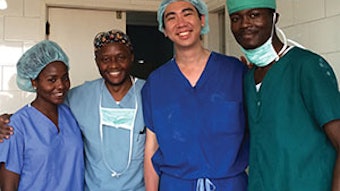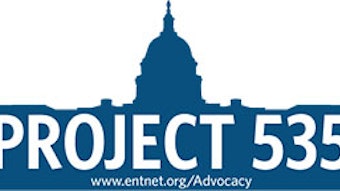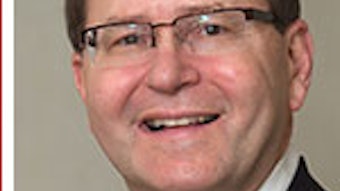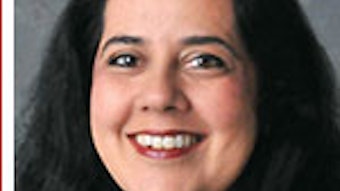There is an ‘I’ in team
At the heart of the word committee, both literally and figuratively, is the word commit. As former basketball coach Pat Riley said, “There are only two options regarding commitment. You’re either in or you’re out. There is no such thing as life in-between.” Ditto for a successful committee.
By Ken Yanagisawa, MD, BOG secretary

The rosters for our Academy and BOG Committees are replete with dedicated and forward-thinking physician Members. But the fuel that often propels committees to even greater success is new blood and fresh ideas. Too often, unfavorable physician statements are heard about getting involved: “It’s not worth it,” “Why bother?” “Doesn’t make a difference,” and “Not enough time.” Yet our goal is to foster participation from every concerned Member of our Academy to make each voice audible.
Despite the fabled sports quote “There is no ‘I’ in team”—reflecting the individual recognition should not supersede team concept—there is a crucial role for “I” in our Academy and BOG committee teams. “I” is the interested individual who will bring the qualities of investment, invigoration, and involvement. Bringing together a group of active and engaged Members into the committee team is the recipe for successful new directions and goals.
The value of joining a committee cannot be overstated. It is the opportunity for the individual Member to help shape the Academy’s activities and objectives. For a committee like the BOG Socioeconomic and Grassroots Committee (SEGR), it brings together commonalities and differences of our diverse practices from throughout the country, and, at a grassroots level, permits discussion, analysis, and action. Collaboration with other Members leads to new friendships and builds acquaintances with fellow colleagues, not to mention opportunities to learn and develop leadership skills.

To any Members who have yet to join a committee, please do consider reaching out and offering your time and your visions. Joining early as a resident, or young physician, is particularly important to gain early insight and to bolster future continued involvement. Within the BOG, we have committee opportunities in Legislative Affairs, Governance and Society Engagement, and SEGR. Our goal is to assemble a group of vibrant and motivated Members who elevate us to new heights.
We are so fortunate in the BOG SEGR to have many such individuals who have stepped up to serve as Regional Representatives within our Committee structure. Please do keep our BOG Regional Representatives alerted and updated to any insurance, practice management, or public relations issues that may be active or significant in your region.
Communication, knowledge, and sharing are the keys to our future successes. Our BOG and Academy committee teams eagerly await your participation and your input.






